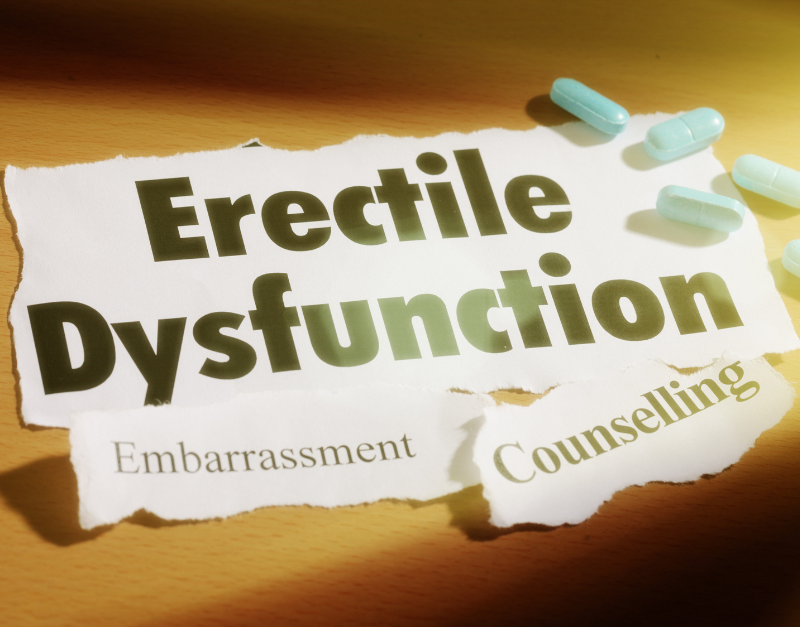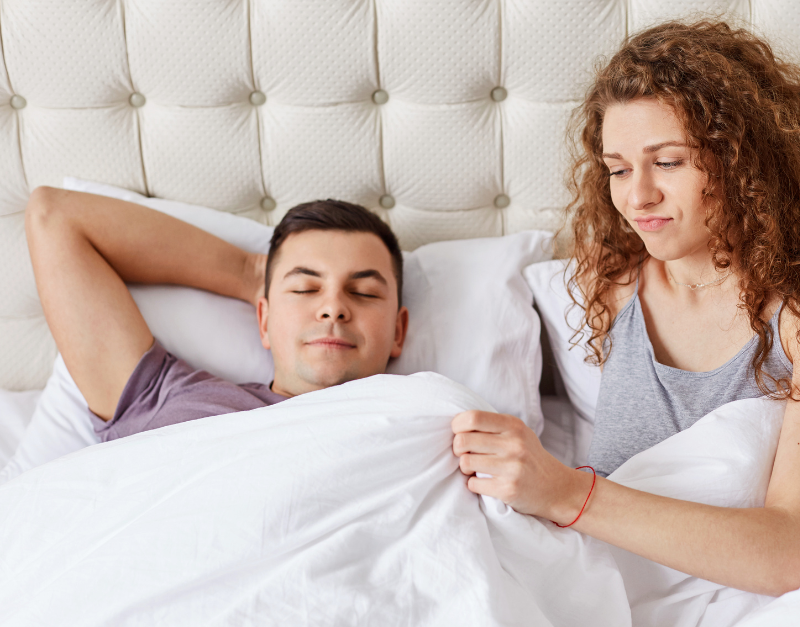
Quality Treatment With Super Affordable Price
Best Physiotherapy Treatment India
Call us anytime
Write a mail

Maximizing Recovery: Power of IFT Physiotherapy Treatment IFT is a procedure that involves the passage of two electrical currents of differing frequencies across the treated region. When two nearby currents are discovered, they generate a third frequency known as an interferential current. This current interacts with nerve cells and tissue, reducing swelling, relieving muscular spasms, and promoting healing. You can utilize Interferential Therapy on almost any region of the body. It is often by simply putting electrodes on the affected area and then varying the strength and pattern of the current. IFT Physiotherapy effects might be instantaneous and linger for days or weeks. What is Interferential Therapy (IFT)? Healthcare providers use Interferential treatment (IFT) as a non-invasive physical therapy to treat pain and heal tissue. It employs low-frequency electrical currents to produce a frequency that inhibits pain signals from reaching the brain. We refer to this frequency as an interferential current (IFC). IFT is part of a complete rehabilitation programme to assist in reducing inflammation, muscular spasms, and discomfort while aiding tissue recovery. Types of IFT Treatment IFT machines are classified into two categories. One is only for professional usage, while the other is lightweight, portable, and useful with minimal training. Professional equipment for IFT treatment provides more control and efficiency. This is because this Therapy’s results depend on the machine’s performance. Here’s how IFT treatment varies depending on the type of frequencies generated by the operator: How Does IFT Physiotherapy Help in Pain Management IFT Physiotherapy helps reduce inflammation, which can lower the pain a person experiences. It can help with pain from acute and chronic illnesses such as arthritis, tendonitis, carpal tunnel syndrome, and plantar fasciitis. IFT can also be part of a complete rehabilitation programme to minimize discomfort and speed recovery. Advantages and Applications – IFT Physiotherapy in Gurgaon IFT Physiotherapy in Gurgaon has several advantages. IFT machines use beat frequency currents to trigger muscular contraction. Second, they help to mend the nerves that transmit pain. Conditions Treated by IFT Physiotherapy Treatment The advantages of IFT Physiotherapy apply to a wide range of painful diseases. Among them are the following: Frozen shoulder (chronic shoulder discomfort), rheumatoid arthritis, disc herniation, spinal canal stenosis, and various forms of muscular and ligamentous injuries are some of the other basic ailments of IFT Physiotherapy in Gurgaon near me. Who Can Benefit from IFT Interferential Therapy (IFT) is a therapeutic option for musculoskeletal disorders that is both safe and effective. Individuals who may benefit from IFT treatment include the following: IFT may not be suitable for everyone. Patients should check with their doctor if IFT is a good therapy choice for their unique problem. Risks of IFT Physiotherapy IFT Physiotherapy is relatively safe. Using IFT machines at home might be dangerous. Choosing the Right Doctor for IFT Physiotherapy Treatment near you in Gurgaon Finding the correct doctor for Interferential Therapy (IFT) entails looking for a licenced and experienced healthcare practitioner specializing in this treatment. Look for a doctor who has treated individuals with comparable issues to yours, is easy to talk with, and is accessible for follow-up treatment. Consider the doctor’s location and scheduling possibilities to guarantee that you can attend visits regularly. Furthermore, friends, relatives, and other healthcare professionals can also help you identify a doctor with a solid reputation and a track record of giving effective therapy. IFT Physiotherapy at Home Moreover, you can practice IFT Pysiotherapy at home using online treatment sessions or self-help materials such as books or workbooks. Working with a licenced therapist is essential to receiving the proper advice and assistance. Furthermore, IFT may help you enhance your relationships, handle disputes, and improve your overall well-being if you have the correct tools and guidance. Maximizing Recovery with Interferential Therapy at Affordable Cost Expert Interferential therapy from Gold Medal Physiotherapy Treatment in Gurgaon can be a helpful treatment choice for musculoskeletal disorders. IFT Physiotherapy in Gurgaon Delhi can assist in maximizing recovery and enhancing general function by employing electrical currents to decrease pain and inflammation and promote healing. Working with a skilled healthcare expert to select the optimal treatment settings and monitor progress is critical to maximizing the advantages of IFT therapy. Our physiotherapist uses IFT therapy at affordable cost in conjunction with other treatment modalities, such as exercise, stretching, and manual therapy, to enhance recovery outcomes. When used and guided correctly, IFT treatment can help individuals reduce pain, increase function, and improve their overall quality of life. FAQ – IFT Physiotherapy Trreatment

Erectile dysfunction (ED) is a common condition that can significantly impact a man’s self-esteem, relationships, and overall quality of life. While medical treatment options are available, many individuals are seeking natural remedies that can complement or even serve as alternatives to pharmaceutical solutions. Physiotherapy in Gurgaon can also help you cope with erectile dysfunction and restore your confidence. This article explores some of the best natural remedies for erectile dysfunction, assisting individuals to regain confidence and enhance their intimate relationships. Healthy Lifestyle Choices: Maintaining a healthy lifestyle is crucial for preventing and managing erectile dysfunction. Regular exercise improves cardiovascular health and promotes healthy blood flow, a critical factor in achieving and maintaining an erection. A balanced diet rich in fruits, vegetables, whole grains, lean proteins, and healthy fats supports overall well-being and improves sexual function. Herbal Supplements: Several herbal supplements have gained popularity for their potential to address erectile dysfunction. Among the most notable herbal supplement choices are: Acupuncture: Thin needles are inserted into specific body points during the traditional Chinese medical procedure known as acupuncture. Some studies suggest that acupuncture may improve erectile function by promoting circulation and reducing stress, which can contribute to ED. Mindfulness and Stress Reduction: It is well known that anxiety and stress can cause erectile dysfunction. Mindfulness techniques, meditation, and deep breathing exercises can help manage stress levels and improve overall emotional well-being. On sexual function, stress reduction can have a favorable effect. Regular Physical Activity: Engaging in regular physical activity is not only beneficial for cardiovascular health but also for erectile function. Exercise helps improve blood circulation, maintain healthy body weight, and regulate hormone levels—all of which play a role in sexual health. Adequate Sleep: Hormonal harmony and general well-being depend on adequate sleep. Poor sleep quality and duration can contribute to erectile dysfunction. Prioritizing good sleep hygiene can help restore healthy sexual function. Limiting Alcohol and Tobacco: Excessive alcohol consumption and smoking have been linked to erectile dysfunction. Reducing or eliminating these habits can significantly improve sexual health. Conclusion Erectile dysfunction can be a challenging condition to navigate, but there are several natural remedies that individuals can consider to help restore confidence and intimacy. While these remedies have shown promise in promoting erectile function, it’s important to note that results may vary from person to person. If you’re experiencing persistent erectile dysfunction, it’s recommended to consult a Gold Medal Physiotherapy to rule out any underlying medical conditions and receive personalized guidance. Remember that a holistic approach, encompassing healthy lifestyle choices, herbal supplements, stress reduction techniques, and open communication with your partner, can contribute to an improved quality of life and more fulfilling intimate relationships. Whether you explore natural remedies or pursue medical interventions, taking steps toward better sexual health is a positive investment in your overall well-being.

Erectile dysfunction (ED), once considered a rarity, has become a prevalent issue affecting men across the globe. This modern epidemic has left many wondering why this condition has become so common in recent years. Multiple factors stemming from changes in lifestyle, environmental factors, and psychosocial stressors have contributed to the rise of erectile dysfunction in the contemporary world. But it can be cured with the best physiotherapy treatment in Gurgaon. Sedentary Lifestyle and Obesity: The sedentary lifestyle many individuals lead today has affected overall health, including sexual function. Lack of physical activity and poor dietary choices can lead to obesity, a known risk factor for ED. Obesity contributes to cardiovascular problems and negatively impacts blood circulation, a critical component of achieving and maintaining an erection. Unhealthy Diets: Modern diets often contain processed foods high in unhealthy fats, sugars, and sodium. These diets contribute to obesity, diabetes, and heart disease, which can directly or indirectly lead to erectile dysfunction. Nutrient deficiencies that result from poor eating habits can also impact hormone levels and blood flow. Stress and Mental Health: The fast-paced nature of modern life brings high levels of stress and anxiety. Chronic stress triggers the release of stress hormones like cortisol, affecting hormone balance and vascular health. Psychological factors such as performance anxiety, depression, and relationship problems further exacerbate the issue, often becoming underlying causes of ED. Environmental Factors: Exposure to environmental toxins and pollutants can impact hormonal balance and overall health. Endocrine-disrupting chemicals in plastics, pesticides, and other everyday products can interfere with the body’s hormonal system, potentially leading to sexual dysfunction. Technology and Screen Time: The advent of technology has revolutionized how we live and communicate, but it has also led to more sedentary behavior and disrupted sleep patterns. Excessive screen time, especially before bedtime, can interfere with sleep quality and circadian rhythms, which play a role in sexual health. Performance Pressure and Unrealistic Expectations: Modern society significantly emphasizes performance and appearance. It can lead to feelings of inadequacy and immense pressure to meet unrealistic expectations. The fear of not measuring up can create anxiety and hinder sexual performance, leading to a vicious cycle of erectile dysfunction. Medical Conditions and Medications: Chronic medical conditions like diabetes, cardiovascular disease, and hypertension have become more prevalent due to changing lifestyles. Additionally, medications used to manage these conditions can have side effects that impact sexual function. Aging Population: As the global population ages, the prevalence of age-related health issues like cardiovascular disease, diabetes, and hormonal changes increases. These conditions can contribute to erectile dysfunction as men grow older. Conclusion The rise of erectile dysfunction in modern times can be attributed to a complex interplay of various factors. From sedentary lifestyles and unhealthy diets to stress, environmental toxins, and unrealistic societal expectations, these factors have created a perfect storm for sexual dysfunction. It’s essential to recognize that the problem is multifaceted and requires a holistic approach to prevention and management. Addressing this issue requires lifestyle changes, stress reduction techniques, open communication with partners, and seeking professional medical advice when necessary. Men should be encouraged to prioritize their overall health, maintain a balanced lifestyle, and seek help early if they experience persistent erectile dysfunction. By understanding and addressing the root causes of this condition, individuals can take proactive steps toward regaining their sexual health and overall well-being with Gold Medal Physiotherapy at home.


Quality Treatment With Super Affordable Price
Call us anytime
